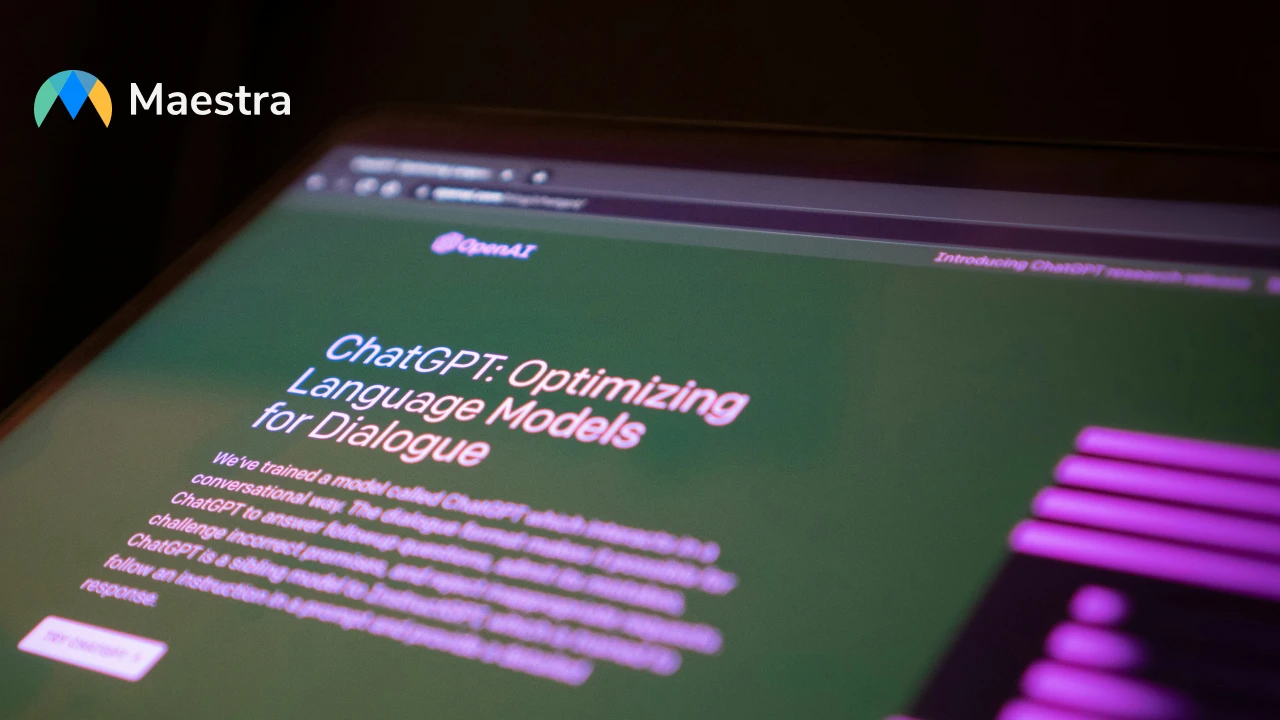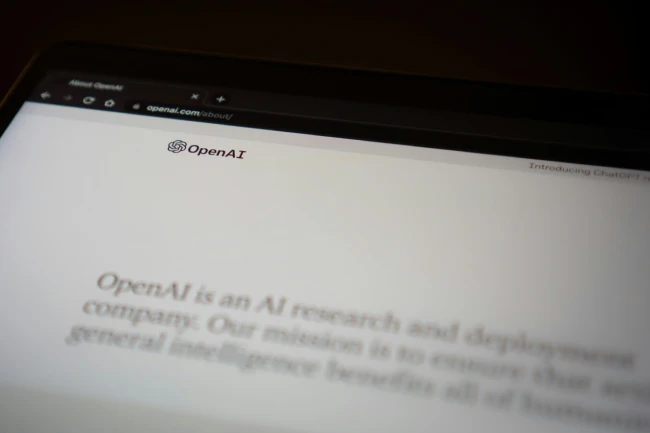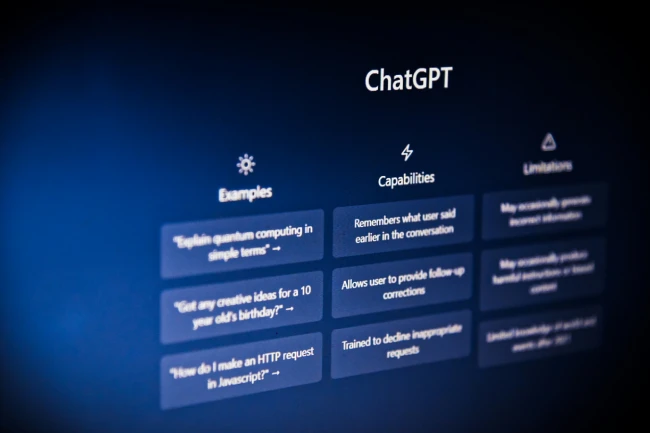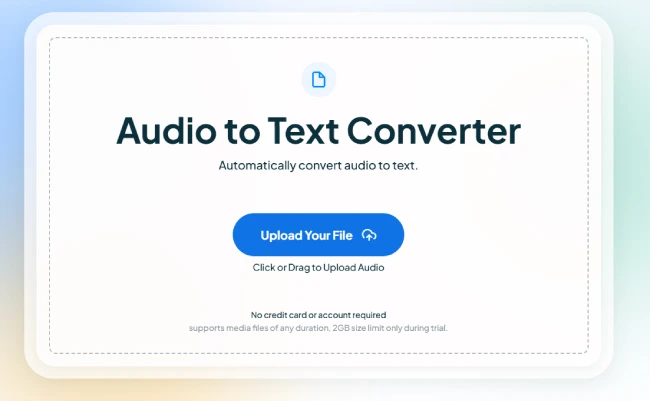Can ChatGPT Transcribe Audio? (with Prompts and an Alternative)

In an age when more of our work, communication, and content creation happens via voice like podcasts, Zoom calls, YouTube videos, and interviews, transcription has become an essential digital tool. Transcripts power everything from SEO and accessibility to content editing and note-taking.
So the question naturally arises: Can ChatGPT transcribe audio?
The short answer is: Yes, ChatGPT can transcribe audio, but with important limitations. This blog post takes a closer look at what ChatGPT can do in terms of transcription, how it works under the hood, what it’s good for (and what it isn’t).
ChatGPT Audio to Text Capabilities Breakdown

As of 2025, ChatGPT offers several ways to interact with audio—and yes, transcription is part of that. Powered by OpenAI’s Whisper model, ChatGPT can convert spoken language into text with high accuracy and language support. But there are nuances worth understanding.
🔹 File-Based Audio Transcription
ChatGPT (especially when using GPT-4o on a paid plan) allows users to upload audio files such as .mp3, .wav, .m4a, and .webm. Once the file is uploaded into the chat, it’s processed by Whisper and returned as a full-text transcript.
This works particularly well for:
- Podcast episodes (split by chapters or segments)
- Recorded interviews
- University lectures
- Voice memos or narration tracks
The process is fast, intuitive, and handles natural speech, different accents, and background noise fairly well—although clarity improves with clean audio.
What you get back is a raw transcript—accurate, readable, and punctuated, but not formatted for publishing (no timestamps or speaker labels).
🔹 Record Mode (Converting Voice to Text)

In mobile and web versions of ChatGPT, there’s also the option to record voice directly in the interface. This enables what’s sometimes called “record mode”, where the user speaks a message and ChatGPT automatically:
Transcribes the voice to text
- Displays the transcript in the conversation
- Uses it as input for follow-up questions or summarization
It’s a seamless way to interact with the assistant when your hands are busy, or when typing feels slow. Think:
- Dictating emails
- Capturing ideas on the go
- Brainstorming or journaling via voice
- Practicing a speech and getting real-time feedback
This use case makes ChatGPT feel more conversational—but it's still not live or continuous transcription. The transcript appears after you finish speaking.
Prompts for ChatGPT Audio-to-Text Workflows
These pre-made prompts are designed to help you turn transcripts into useful outputs—faster and more effectively.
🎧 Basic Transcription Cleanup
“I just uploaded an audio file. Please transcribe it clearly with punctuation, correct grammar, and remove any filler words like ‘uh’ or ‘um’.”
✂️ Summarize the Transcript
“Summarize the main points from this transcript in 3–5 bullet points suitable for meeting notes.”
🧠 Extract Action Items
“From this transcript, list all actionable tasks or decisions that were mentioned, along with who is responsible if available.”
🌍 Translate the Transcript
“Translate this entire transcript from Spanish to English while preserving professional tone.”
🗂️ Format as Blog Post
“Take this transcript and rewrite it into a clean, conversational blog post. Add headings and fix any awkward phrasing.”
🕒 Create Timestamped Summary
“Give me a timestamped outline of this audio with key topic changes every 2–3 minutes.”
📝 Create Meeting Minutes
“Based on this transcript, write structured meeting minutes with sections for attendees, agenda, discussion, and outcomes.”
🔡 Convert to Subtitle Format
“Format this transcript into SRT subtitle style with 5-second chunks and simulated timestamps.”
What ChatGPT Can’t Do (Yet)
Despite the usefulness of these features, there are important boundaries to be aware of:
❌ No Real-Time Transcription
ChatGPT can’t listen and transcribe continuously. If you're hosting a live webinar or Zoom meeting, ChatGPT won’t be able to generate captions in real time. But, there is a great and FREE tool that can transcribe live audio in over 125 languages.
❌ No Speaker Diarization
If multiple people are talking in a single audio file, ChatGPT’s transcript will not separate or label them. Everything is returned as one block of text.
❌ No Timestamps
You won’t get time-coded segments (e.g., for syncing subtitles or identifying when someone said what).
❌ No Subtitle Formatting or Styling
The raw transcript doesn’t come in SRT, VTT, or subtitle-friendly formats. For video producers and content creators, this adds a manual formatting step.
❌ No API or Batch Transcription
If you’re looking to transcribe 100 podcast episodes or bulk-process customer support calls, ChatGPT currently has no official API route for automating file-based transcription within the chat experience.
When ChatGPT Works Best for Transcription
That said, there are many cases where ChatGPT’s transcription functionality is genuinely useful:
| Use Case | ChatGPT’s Strength |
| Voice journaling | Fast dictation and summarization |
| Interview prep | Record questions and ideas out loud |
| Content outlining | Speak your thoughts and get structured summaries |
| Foreign language practice | Speak in one language, read in another |
| Reviewing meeting notes | Upload a short audio clip and ask ChatGPT to extract to-dos |
It’s particularly handy for individuals and small teams, not necessarily large organizations or production houses. For more information about the impact of GPT, check out this article on ChatGPT statistics.
Maestra: A Complete Transcription Solution

While ChatGPT offers a great starting point, Maestra AI goes much further.
- Live voice to text for meetings, events, and streams
- Transcribe audio to text on-demand in 125+ languages
- Features like speaker labeling, timestamped subtitles, and voice dubbing
If you're producing multilingual content, captioning at scale, or need real-time access features, Maestra is a more specialized and powerful choice.
FAQs
How to Get ChatGPT to Transcribe Audio?
To transcribe audio using ChatGPT, you can simply upload an audio file—such as an MP3, WAV, or M4A—directly into the chat window if you're using the web app with GPT-4o. Once the file is uploaded, ChatGPT processes the audio and automatically generates a text transcript using OpenAI’s Whisper model. The transcript appears in the conversation and can be edited, summarized, or used for further discussion. If you’re on mobile or web, you also have the option to record your voice using the built-in microphone icon. After recording, ChatGPT will transcribe what you said and provide the text in the chat. However, it’s important to note that this is not live transcription—it only works after the recording or upload is complete.
Can ChatGPT Do Voice to Text?
Yes, ChatGPT supports voice-to-text functionality. You can speak directly to ChatGPT using the microphone feature on mobile or web, and it will convert your speech into text once you finish talking. This voice input is transcribed and then used as the basis for ChatGPT’s response. Additionally, by uploading an audio file, you can achieve the same result—the audio will be processed and transcribed. This makes ChatGPT very useful for quick dictation, note-taking, or voice-based queries, although it’s not built for long, continuous speech-to-text scenarios like transcribing full meetings or conferences.
Can ChatGPT Do Audio Translation?
ChatGPT can perform audio translation, though the process involves a couple of steps. First, you upload an audio file spoken in one language. ChatGPT will transcribe the audio to text in that original language. Then, you can ask it to translate the transcript into another language. For example, if you upload a French audio file, ChatGPT can return the French transcript and then provide an English translation upon request. This works well for basic translation needs across many languages, although the translation occurs after transcription and is not simultaneous or real-time. ChatGPT doesn’t offer automatic dubbing or voice-over translation, but it can help bridge language gaps through its strong multilingual capabilities.
Can ChatGPT Analyze Audio?
ChatGPT can analyze the content of audio recordings once they’ve been transcribed. After uploading an audio file, ChatGPT generates a text transcript, and from there, it can analyze the dialogue or speech in various ways. It can summarize the main points, extract action items, highlight keywords, assess sentiment, or reformat the transcript for clarity. However, its audio analysis is strictly limited to spoken content. ChatGPT cannot analyze non-verbal audio elements such as tone of voice, music, background sounds, or sound quality in a technical sense. It doesn’t work as an audio signal processor, but it’s quite capable when it comes to understanding and interpreting spoken language.
Can ChatGPT Create Subtitles?
ChatGPT isn’t a dedicated subtitling tool, but it can help create subtitles with a bit of manual prompting. After transcribing an audio or video file, you can ask ChatGPT to format the transcript into subtitle segments. For example, you can request that it break the transcript into two-line chunks and add simulated timestamps at regular intervals. While the result might not be perfectly formatted like professional SRT or VTT files, it’s often good enough for small video projects, rough drafts, or prototype subtitle files. For more advanced subtitle formatting—especially if you need precision timing and exports—a tool like Maestra is a better fit.
Can ChatGPT Understand Multiple Speakers?
Currently, ChatGPT does not support speaker diarization, which means it cannot distinguish between multiple speakers in an audio recording. If you upload a recording of an interview or group discussion, ChatGPT will return a single continuous block of text without identifying who said what. This can make it harder to follow complex conversations or collaborative meetings. While the transcription is still accurate in terms of words, it lacks structure around speaker turns or attribution. For transcripts that require labeled speakers or clear dialogue formatting, you’ll need a dedicated transcription service with diarization capabilities.
